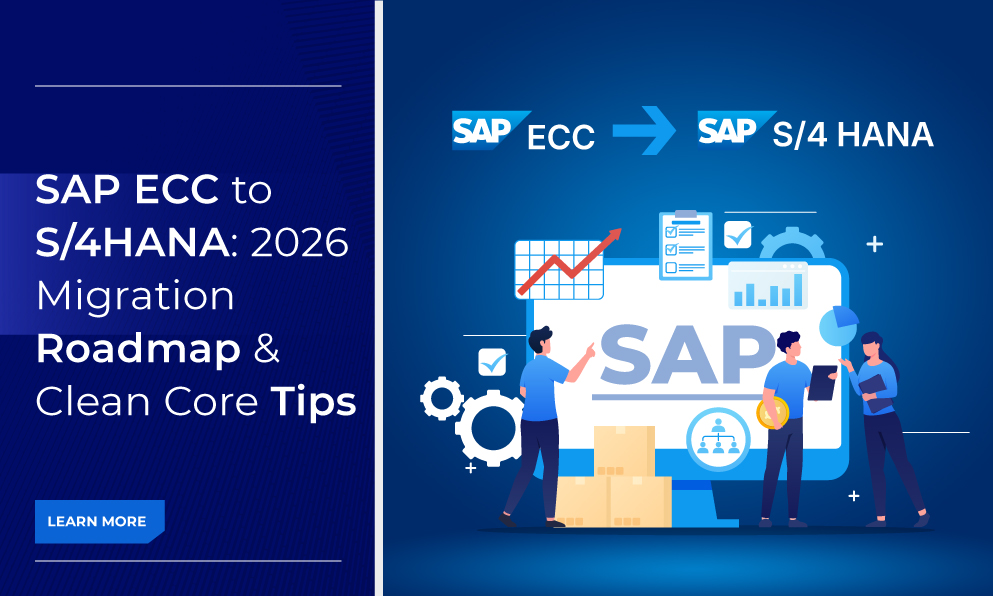According to Statista, IT services outsourcing is rising by 69.06% between 2023 and 2028. Among outsourcing options, nearshore development is more lucrative than offshoring for many companies as it alleviates cultural differences and time zone constraints. Meanwhile, nearshore strategy enables better understanding and eases communication between on-premise and nearshore teams. If you want to capitalize on all the "Nearshore" perks, leverage the "agile methodology," and think about efficiently progressing your software project, you have landed on the right page. Here at BJIT, we are having an insightful discussion on making an agile software project successful in a nearshore setting. Feel free to join in.
What is the Agile Approach?
Agile methodology is a guiding philosophy applied to project development that involves intricate communication. It's a framework that breaks a project into small pieces of tasks called "sprints" and focuses on incremental and iterative steps to complete the project.
In the agile framework, projects progress through iteratively, in which a new version of the products is delivered after each sprint and typically completed in 3-5 sprints. Agile is more apt for software development projects that are usually more complex and require collaboration from a weave of stakeholders.
What makes agile so buzzing is that it enables teams to produce higher-quality products in a shorter period.
Compared to the traditional and static "waterfall" method of procrastinating and time-consuming, agile follows 4 core values and 12 principles to complete software products faster and more efficiently.
In the agile method, "sprints" usually last for weeks or months, and DevOps is centered on hyper-quick releases in hours on most days. Both DevOps and Agile are set to complement each other for an efficient SDLC.
What is Nearshore Software Development?
Nearshore development means outsourcing IT projects to offshores but to a nearby location, preferably in the same region. The idea is to reduce cost, achieve better time-to-market, and get hands-on with a large pool of on-demand skills without bearing the uncertainty of working with people from different cultures or time zones.
Nearshore or not-so-distant workplaces also facilitate better and more efficient communication, better understanding, and all the perks of offshore development. That's why companies considering Outsourcing to offshore teams nowadays prefer nearshore development if there is scope available.
Agile Approach in Nearshore Development
Companies opt for nearshoring because of a better scope of effective collaboration and communication between on-premise and offshore teams. Adopting an agile approach can give a real boost to the cause. Getting the offshore and agile benefits together can trim down some of the limitations of nearshore development. For example, companies can access a vast pool of engineers with the necessary skills in a similar time zone. Implementing agile can also alleviate hierarchical procrastination and create better bonding between the on-premise and nearshore teams.
Benefits of Agile Nearshore Development
For companies looking to offshore software projects, the nearshore opportunity is like a dream come true. As previously discussed, combined with agile, nearshore perks can make nearshore projects more efficient than outsourcing to an offshore firm. How? An agile nearshore development allows the tasks to be more flexible by turning them into smaller cycles. Since each cycle should offer a new version of the same products, there is more control over the outcome.
Also, agile methodology makes software projects more efficient, of higher quality, and customer-centric. Let's take a deeper look at how agile nearshore development can help your projects.
Adaptable & Flexibility
The agile framework is adopted to achieve flexibility and allows easy adaptation to changing circumstances. Today, most companies aim to keep their products more futuristic and customer-centric. Agile helps companies to achieve the flexibility to respond to quick changes. In nearshore development, flexibility can make a real difference. Any changes can be more efficient and smooth in an agile nearshore project than the legacy waterfall model.
Continuous Delivery
Due to Agile's short iterative cycles, nearshore teams can continuously ensure quick software releases so clients' feedback, changing business needs, or any stakeholder's demands are easily integrated. For nearshore teams to become more flexible to changes, Agile methodology enables it by allowing intricate communications between teams all the way through. With constant interactions between teams and continuous delivery in an agile framework, nearshore development can achieve efficiency, making them more productive. With the Agile approach, team leaders know what is expected in the next meeting.
Constant Communication
Agile methodologies emphasize constant communication between developers and stakeholders. In nearshore development, this is crucial for maintaining transparency and building trust. Regular meetings, daily stand-ups, and other Agile ceremonies help keep everyone on the same page, even if the team is geographically dispersed.
Faster Time to Market
The agile approach allows software projects to achieve a minimum value product (MVP) quickly. Within a few sprints (four to five months), the product was more helpful by incorporating all the feedback from stakeholders. If you want the nearshore teams to reduce time to market, Agile is a blessing for you and has no better alternative. With an on-demand talent pool, reduced cost, and faster time to market, your nearshore teams can be advantageous to beat the competition.
Collaborative Problem-Solving
Agile facilitates collaboration and more communication within the project frameworks. Like your on-premise teams, nearshore teams can also participate in such a collaborative framework and contribute to solving critical problems. That means agile enables the nearshore team to become more involved with the projects while working closely with in-house teams and clients. The project can leverage the nearshore skills and minds to bring more effective results and innovative solutions.
Quality Assurance
Unlike the legacy "waterfall model," agile methodologies integrate testing throughout the development process. That's why quality improvement is a continuous process rather than a step in a development lifecycle. At BJIT, we recommend test-driven Development (TDD) for nearshore settings to provide high-quality software products. For excellent quality assurance, feedback is also a primary key. Agile methodology with feedback loops in its core enables communication between SQA teams to avoid undetected bugs that might ruin the software development lifecycle (SDLC). The shorter iterations, the hallmark of the agile approach, also allow the implementation of hard-earned lessons into work, enabling continuous improvement.
Risk Mitigation
The agile approach is introspective and retrospective throughout development lifecycles. Agile is the best approach to identifying the risks as soon as possible and enables smooth modifications to avoid unnecessary circumstances. With the agile approach, nearshore teams can deal with the risks promptly, reducing the project hazards and sailing towards a high-quality end product that meets the client's expectations.
Cultural Alignment
Agile methodology is based on collaboration and communication. Following Agile practices, teams on-premise and nearshore can help bridge cultural differences and ensure a positive work culture. Practices like stand-ups, sprint planning, and other Agile rituals can help build a shared purpose and understanding to become high-performance nearshore teams and foster partnerships with little external management efforts.
Choosing An Agile Nearshore Development Company
Finding the right agile nearshore partner is a daunting task. Despite the challenges, if you are aiming to hire an agile nearshore team for you, we recommend the following key points in mind before selecting the nearshore partner.
Project Understanding
While outsourcing, the success of the project is all that matters. Before choosing an agile nearshore partner, ensure the project manager or Bridge Software Engineer (BrSE) is familiar with the key deliverables and goals of the projects. Check if the company has worked on similar projects before signing in.
Similar Time Zone
Companies consider nearshore primarily, for they want to avoid timezone constraints, and cultural, or communication barriers while the project progresses. Getting an offshore team in similar or near-to-similar time zones might keep the uncertainty away. Besides, the same time zone will help you integrate the agile framework smoothly.
Cost-effective
Many companies go to nearshore for outsourcing to reduce costs. Typically, on-premise teams are associated with elevated expenses that result in lower profit margins. So, while choosing the best offshore software, if you have budget constraints or want to achieve lean development, ensure your outsourcing partner can comply with that.
On-demand Talent Pool
Getting a hands-on array of skilled engineers might be another reason to surpass your on-premise team. Ensure the company can get you all the required knowledge and skills on demand. An end-to-end meeting with the project manager will help you understand their talent sourcing and hiring acumen.
Agile experience
If you want to become efficient with an agile nearshore development company, ensure the teams are familiar with the best work practices and standards of Agile methodology. It is best if they have previously accomplished projects on the agile framework. Leveraging its 20-year legacy of diverse software projects, BJIT now possesses a masterful grasp of agile frameworks. Read the following post for deeper insights on choosing the best outsourcing partner.
Final Words
Nearshore software development is the most popular among outsourcing options as it has more advantages than offshore. Companies should choose the best option based on their project and management needs and there's no one-size-fits-all solution for outsourcing. The agile framework combined with nearshore can certainly make your project successful, but the secret lies in the successful application and choosing the right partner in crime.











